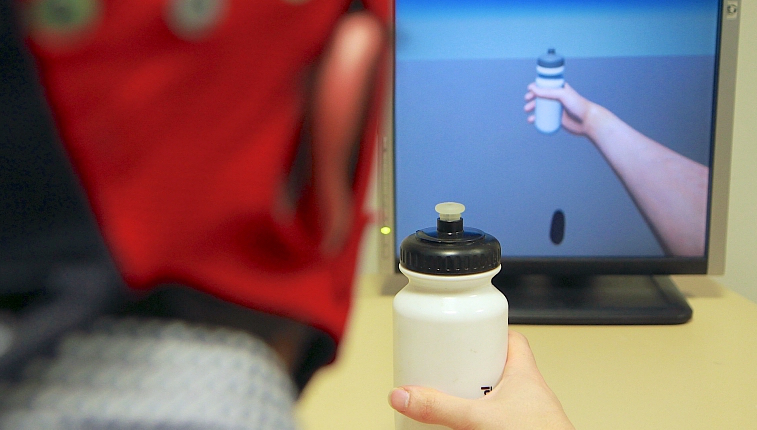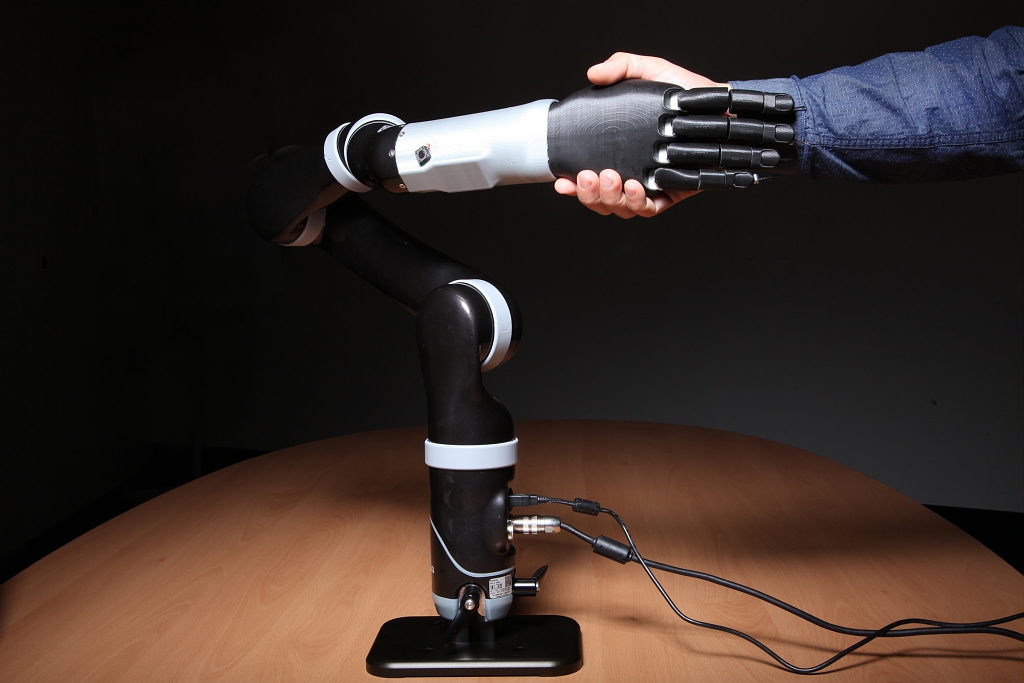
Computational Modeling and Experimental Analysis
of Normal and Pathological Neural Rhythms
for Medical Applications & NeuroRobotics
Domaine de recherche
Best Student Paper@SMC’20
Congratulations to Sébastien Rimbert who received the award for best student paper from IEEE and the Brain initiative at Brain-Machine Interfaces workshop of the 2020 System Man and Cybernetic (SMC’20) conference!
You can read the article « Learning How to Generate Kinesthetic Motor Imagery Using a BCI-based Learning Environment: a Comparative Study Based on Guided or Trial-and-Error Approaches » by
Sébastien Rimbert, Laurent Bougrain and Stéphanie Fleck
here https://hal.inria.fr/hal-02920306
ANR project GraspIT funded
Hiroaki Wagatsuma's Visit
Hiroaki Wagatsuma from Kyutech University is visiting us from June 12th to July 28th.
He will give a talk on Wednesday, June 19th at 11 am at LORIA (C005).
different time scales of a behavior and synapses are associated according to
the rhythm and he currently extended it to the question of how a rhythm (a
specific type of the limit cycle in the system) transits to the other,
dynamically and sophisticatedly, i.e. a structural design of the trajectory or
self-organization of multiple rhythms for a complex function. For example, a
synchronous motion spontaneously appears in communication between persons faced
each other and their motions differentiate as time advances because they need
to express the own expressions each other. A typical example is an interactive
game with motions. For judging or proceeding from a stage to the next stage,
the counterpart with a different motion have to synchronize at some moment,
which is a result to compete and determine which is winner, or looser. A
possible hypothesis is that such a quasi-equilibrium state is emerged from the
coupling between the behavioral coordination and neuronal dynamics including
the coordination and a conflict in the internal decision-making process.






